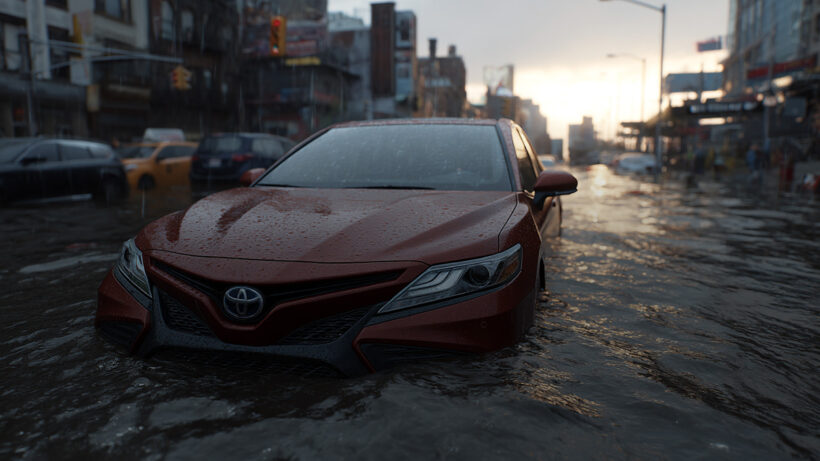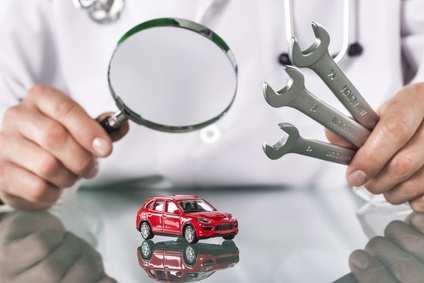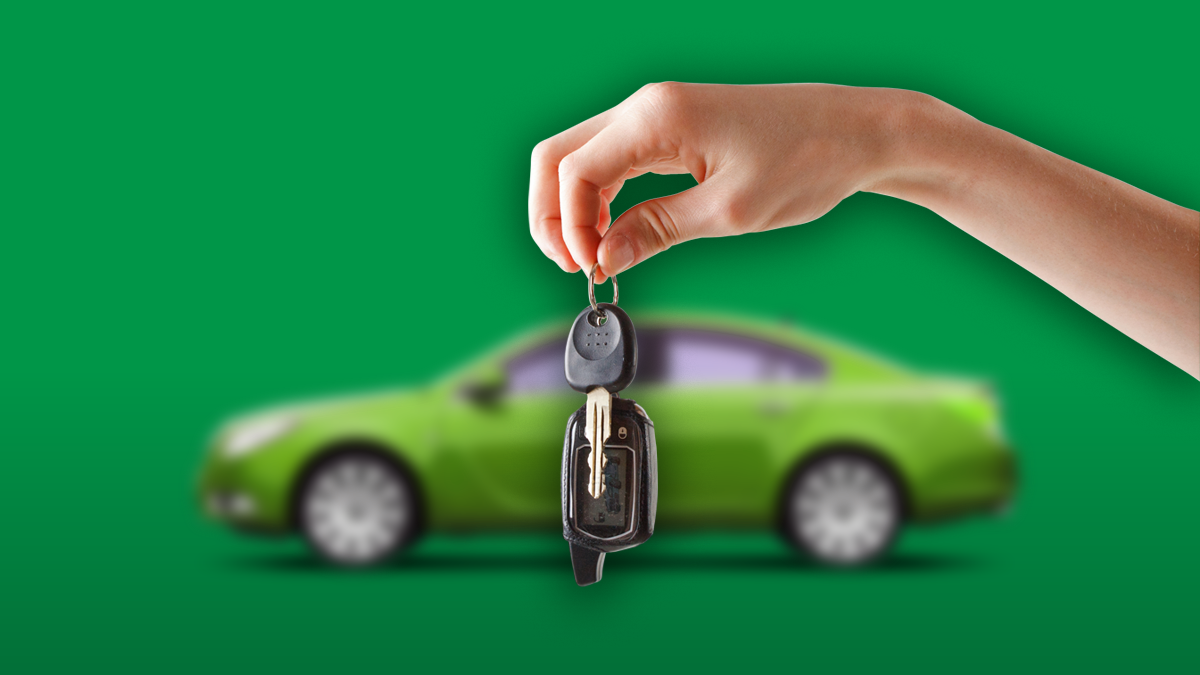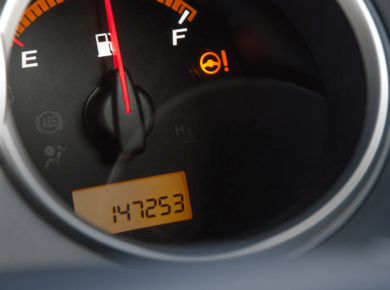Flood damage in vehicles is a serious issue that can go unnoticed until costly problems arise. Whether you’re browsing used car lots or checking out flooded cars for sale online, knowing what to look for could save you thousands of dollars and prevent future frustration.
In this guide, we’ll explain how to know if a car was in a flood, outline key signs of water damage, and share tips on how to use vehicle history reports and VIN tools to protect yourself.
Why Flood-Damaged Cars Are a Risk
Flood water can wreak havoc on vehicles. Even if a car looks spotless on the outside, flood damage can compromise both its safety and performance. Electrical components are particularly vulnerable, and once submerged in water, they may not work reliably—even if they seem fine at first.
When a flood-damaged vehicle is resold, it may come with a salvage or rebuilt title. However, not all sellers disclose this. Some may even clean the car thoroughly and sell it with a clean title to unsuspecting buyers.
That’s why knowing how to identify a flood-damaged car is crucial. A flood-damaged car may seem like a bargain, but the hidden repair costs can quickly outweigh any savings.
Common Signs of Flood Damage
Here are several red flags to look for when inspecting a used car:
1. Odors and Stains
A musty smell is a strong clue. This can result from mold or mildew caused by standing water. Check under the carpet, floor mats, and in the trunk for moisture or water stains. Cars with water flood damage often have lingering smells, even if air fresheners are used to cover them up.
2. Rust and Corrosion
Rust on seat frames, bolts, or under the dashboard suggests the car was submerged in water. Corrosion around battery terminals and wiring connections can also indicate flood exposure. These are classic car flood damage symptoms.
3. Water Lines and Dirt Deposits
Look for water lines along the doors or inside the engine bay. You may also find silt, mud, or debris in odd places like behind panels or inside the glove compartment. These signs of flood damage car are easy to miss but important.
4. Faulty Electrical Systems
Test all electrical components: windows, radio, lights, and dashboard gauges. If they respond only sometimes or not at all, the car may have flood damage. Flood water can damage sensors and short-circuit systems, and the problems may grow over time.
What a VIN Report Can Tell You
One of the easiest ways to spot a flood vehicle is through a VIN check. Vehicle identification numbers (VINs) can reveal past damage, including floods, accidents, or salvage titles.
Using a vehicle history report from a reliable source can show if a car was declared a flood loss by an insurance company. This info may be listed in the National Motor Vehicle Title Information System (NMVTIS) or by the National Insurance Crime Bureau.
Potential buyers should use these tools to cross-check vehicle title information. This is especially important if you’re buying a flood-damaged car or browsing flood vehicles for sale.
For extra confidence, use both a VIN check and a license plate lookup. These steps reduce the chances of ending up with damaged cars that could cost you more down the road.
What to Do If You Suspect Flood Damage
If you’re buying a car with flood damage, it’s best to involve a trusted mechanic. They can check for hidden issues in the engine, transmission, and electrical systems.
Pull the air filter and check if it’s wet or shows signs of mud. Check engine oil for cloudiness or signs of water mixing – this may mean the engine was submerged. Also, look under the seats and dashboard for rust or mold.
These checks will help answer the question of how to know if a car has flood damage and provide peace of mind before purchase.
Legal and Repair Considerations
You might wonder: is it illegal to sell a flood-damaged car? In many places, it’s legal if the damage is disclosed. However, not all sellers follow the rules, so car buyers must stay alert.
Buying a flood-damaged vehicle isn’t always a bad decision. If you know how to fix a flood-damaged car, or are working with a trusted mechanic, you might score a good deal. Just be aware that insurance coverage may be limited, especially with a rebuilt title.
Still wondering, is flood damage car repairable? It can be, depending on the extent of the damage. Check out this detailed guide on whether a flood-damaged car is repairable to learn more.
Final Thoughts for Buyers
From hurricane car damage to heavy rains, floods cause massive damage to vehicles every year. Flood-damaged cars for sale often show up after major weather events, so it’s important to be extra cautious during those times.
Always ask questions like: “How can you tell if a car has flood damage?” and “What to look for in a flooded deed car?” before making any purchase. If a car was in a flood, you deserve to know.
Flood damage cars may carry hidden risks that lead to costly repairs. If you’re a buyer shopping online or at auctions, remember that flood-damaged cars are sometimes sold as is. Use VIN tools, inspect thoroughly, and rely on national motor vehicle title databases to guide your decision.
Need help avoiding trouble? Read more about how to use a VIN check to avoid flood-damaged cars.










4 comments
Thanks for sharing these useful tips to help spot a flood damage vehicles. Consumers should be very cautious when purchasing a used car that might have had damage done as a result of flooding; as these cars not only will have an odor of mildew but can & probably will also have electrical damage as well!
Another reason to always run a free vin check or vehicle history report from a few different companies prior to purchase.
Cheers!
Chris M. Kuhn
Lemon Checks
Chris, thank you for your comment. We really appreciate it
Great post. I was checking constantly this weblog and I am impressed!
Extremely helpful information specifically the last section 🙂 I
handle such information much. I used to be looking for this particular
info for a long time. Thanks and best of luck.
Thanks God we have a vin history check, I’d never buy a flooded car….